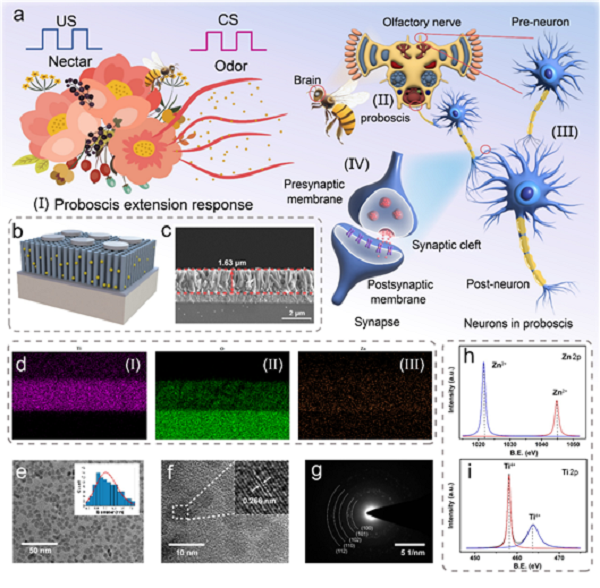Breakthrough in Neuromorphic Technology: Mimicking Biological Learning with Optoelectronic Memristor
- admin
- 2024-03-13
- 750
Research team of Professor Nam-young Kim (Department of Electronic Engineering) successfully develops neuromorphic behavior recognition optoelectronic memristors that mimics biological associative learning behaviors
-
Published in Nano-Micro Letters, a prestigious international journal with JCR
1% Q1, IF: 23.655 -
-
Successful development of neuromorphic optoelectronic memristors mimicking
biological associative learning behaviors -
The
research team of Professor Nam-young Kim, together with doctoral candidate Munhyo
Wang (first author) of the Department of Electronic Engineering has successfully
developed the neuromorphic optoelectronic memristors that mimic biological
associative learning behaviors.

[Left: Munhyo Wang, Doctoral
Candidate, Right: Professor Nam-young Kim]

[Conceptual design and structural
characteristics of optoelectronic memristors and schematic of the honeybee proboscis
extension response]
The
research was supported by the National Research Foundation of Korea (NRF) as
part of the Ministry of Education's key research laboratory support project
(2018R1A6A1A0302524) and MIST RS-2023-00302751. In recognition of their
achievements, the research results were published in Nano-Micro Letters, the
international prestigious journal by Elsevier, with an Impact Factor (IF) of
23.655, titled "Tailoring classical conditioning behavior in TiO2 NWs: ZnO
QDs-based optoelectronic memristors for neuromorphic hardware." on
February 27, 2024.
(https://doi.org/10.1007/s40820-024-01338-z)